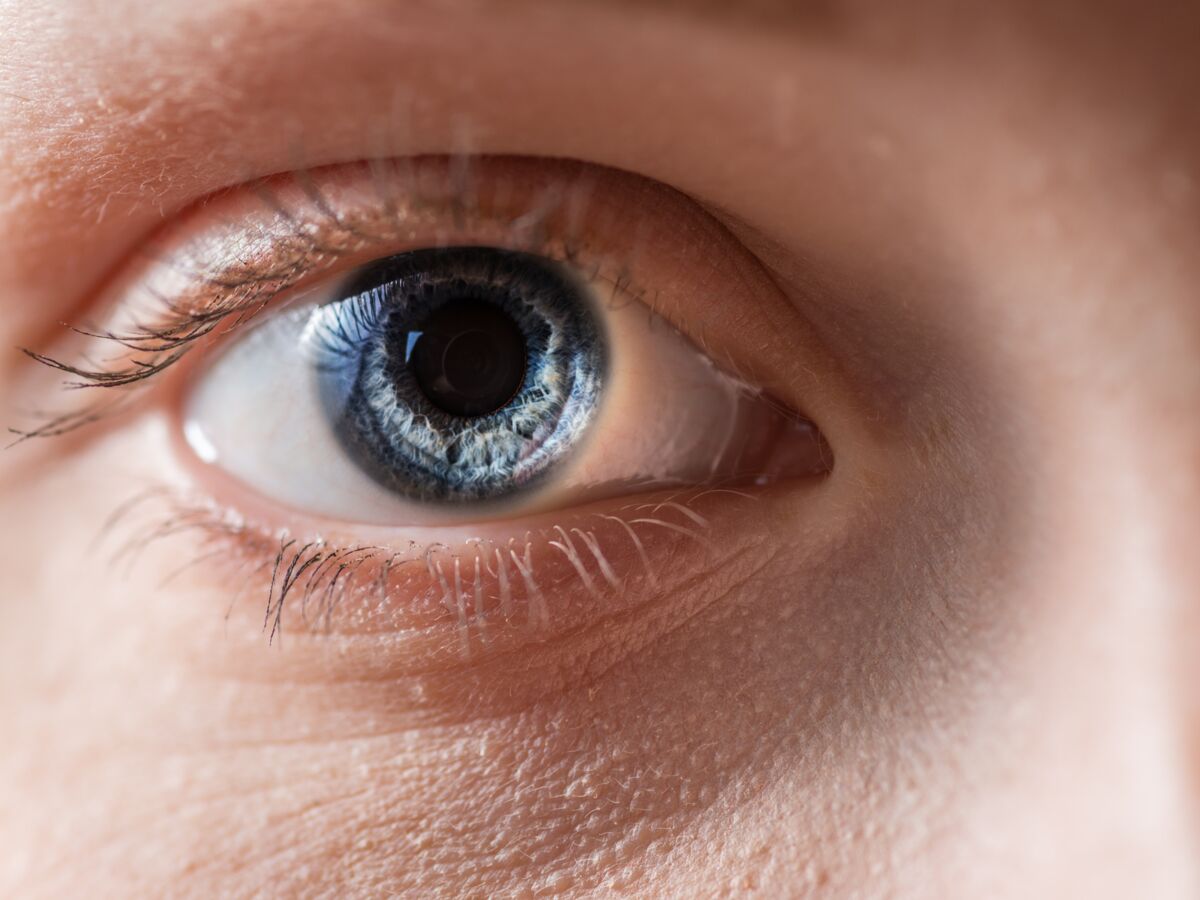The ANSM has been informed of a quality defect impacting certain batches of intraocular lenses, surgically implanted in the eye during cataract operations. These models can be the cause of cases ofocular hypertonia. With the help of the French Society of Ophthalmology (SFO) and the French Glaucoma Society (SFG), the ANSM has published recommendations.
Ocular hypertonia: which batches of intraocular lenses are affected?
These recalls follow the identification of a risk of release of particles from the lens injector into patients’ eyes at the time of implantation. These particles can create a blockage and prevent the aqueous humor of the eye from draining properly and thus lead to ocular hypertonia.
THE materials concerned are :
- Lenses manufactured by the company Nidek Co Ltd, the Eyecee One model;
- lenses manufactured by the company STAAR Surgical Japan, the model KS-SP.
You are potentially affected if you were implanted with one of the two affected models, and operated on for cataracts between December 10, 2021 and March 30, 2023.
What is ocular hypertonia?
A ocular hypertonia is a increased pressure inside the eye. This is an adverse effect that can occur after any intraocular lens implantation, however a greater frequency of occurrence has been observed in patients implanted with defective batches.
Indeed, the eye contains liquid called aqueous humor which continually evacuates into the eye. When this fluid does not drain properly, it causes an increase in pressure inside the eye.
To know : To date, the majority of cases of hypertonus have been reported within one month following cataract surgery.
Lot of defective intraocular lenses: what to do if you are concerned?
If you are ever concerned, your implanter center will contact you. If you want to know more, after an operation, the surgeon gives a card mentioning the model of the lens that was implanted in the patient. This card includes the batch number and the date on which the operation took place.
Ocular hypertonia does not necessarily result in visual disturbances. However, if you present any visual problemyou can contact your implant centeryour ophthalmologist, or even make a statement on the Ministry of Health reporting portal.
Read also :
⋙ Progressive contact lenses: for whom, advantages and disadvantages?
⋙ Cataract: how to treat it?
⋙ Cataract: what are the first signs and at what age do they appear?
